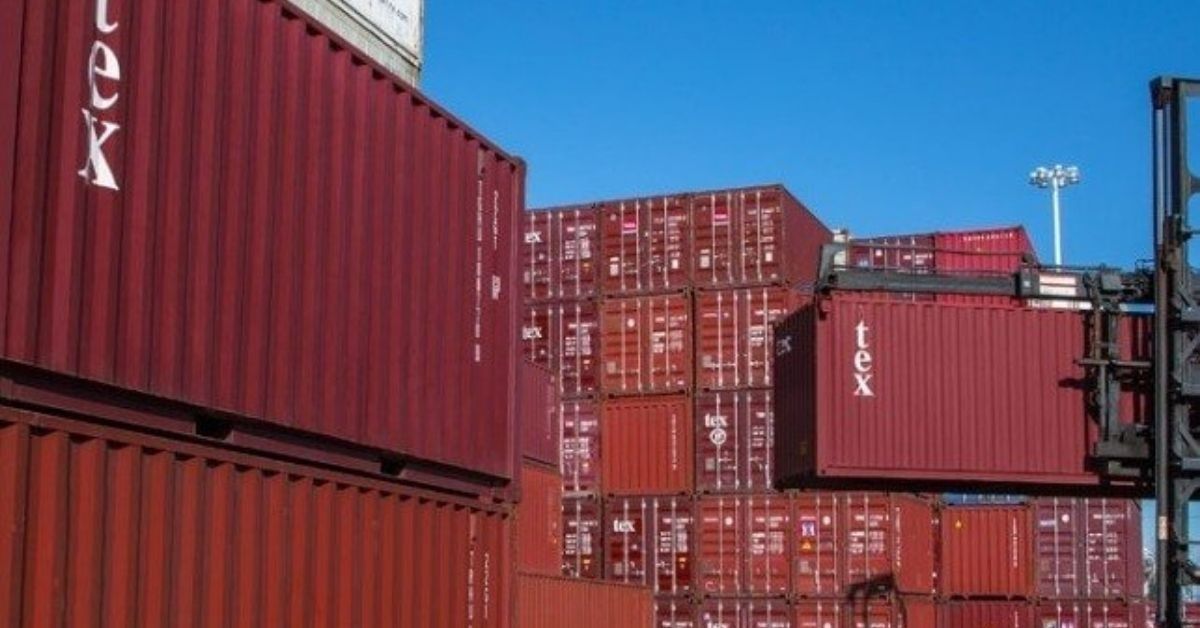The Biden administration’s plan to impose higher tariffs on a range of Chinese products— including steel, solar cells, lithium-ion batteries, electric vehicles, and medical supplies—will be phased in from this year through 2026. In response, Chinese exporters have been front-loading their shipments to the U.S., even sending empty containers to China to be filled and dispatched before the tariffs take effect.
The container shortage is expected to impact India’s trade figures for August and September, as exporters struggle to find containers for their goods amid weak global demand. Although container rates have begun to decrease following a recent spike, exporters continue to face challenges due to retaliatory tariffs on Chinese goods and complications arising from the Red Sea crisis. This crisis has led to shipping lines bypassing several Indian ports due to longer voyage times and increased route lengths, which in turn affects container availability.
Ajay Sahay, Director General of the Federation of Indian Export Organisations (FIEO), noted, “Shipping lines are skipping some of our ports because they can secure cargo at larger ports, leading to longer cycle times for containers.”
However, government officials suggest that the worst may be over and that container supply could improve in the coming months, which would benefit Indian exports. “We anticipate an improvement in the next six to eight weeks as demand for our products remains strong and our efforts to diversify our export basket are proving beneficial,” said an official. India’s goods exports are estimated to have risen by 6.6% to $261.5 billion from April to July, and the government expects the positive trend to continue throughout the fiscal year.






